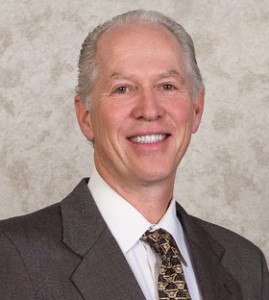
Breast Reduction is a complicated procedure that is best done by those with the most training and experience. It is very difficult to determine the resultant cup size and shape based solely on the number of grams that are removed from your breast to best match your ideal breast image without an examination by a board certified plastic surgeon. Not just any board certified plastic surgeon, but one with many years of frequently performing breast reduction and lift surgeries, including different approaches, techniques and even fat transfer and implant choices if you are lacking superior breast fullness.
This is because several measurements—not to mention breast characteristics such as density—are needed to determine how much and where to remove breast tissue to meet your goals. Without knowing your existing breast shape, dimensions, and the density of your breast tissue, it would be difficult to make this determination. For example, the same volume of breast tissue will weigh different amounts (measured in ounces or grams) in different people depending on its density. The existing base width of your breast and what you will ultimately want to look like will determine, in many cases, the maximal volume and weight that will need to be removed for the best result.
To illustrate: removing 300 grams of breast tissue may make a significant difference in cup sizes (e.g. 2–3 cup sizes) with a narrow base width breast, but much less of a difference (e.g. Perhaps 0.5–1 cup size less) if you have a wide chest wall and wide breast “foot print”. Your friend may have a great result from removing 500 grams of breast tissue to make her go from a “DDD” cup to a “C” cup size, but this does not mean that you will have the same result with the same weight of breast tissue removed.
To make matters even more complicated, different bra manufacturers have different cup size labels for the same breast size. Computer software morphing programs that automatically determine what you may look like after a breast reduction can be helpful in some but not all cases (e.g. doesn’t work well in my experience with sagging or asymmetric breasts). Using “want to be” photos however are useful if simply provided to your surgeon in advance for preoperative discussion.
Personally, I have found it most helpful for patients to bring in photos from my or other plastic surgeons’ websites to illustrate what they would like to look like. This gives me detailed standardized views and information both qualitative (shape, perkiness) and quantitative (size) and allows me to discuss with my patients how I can best achieve their objectives as well as realistic expectations. For example, though I always tell my patients that I cannot make them exactly the same as a photo because everyone has different anatomical constraints, your “ideal” breast photos are brought to the operating room for reference during surgery so that I have the advantage of “seeing through my patient’s eyes” to best achieve their wishes. Even if the photo does not match their height or weight, I and most plastic surgeons are very good at translating the proportionality of the photo to your features and will try our best to match your goals. For assistance in finding the best Breast Reduction plastic surgeon see this article:
